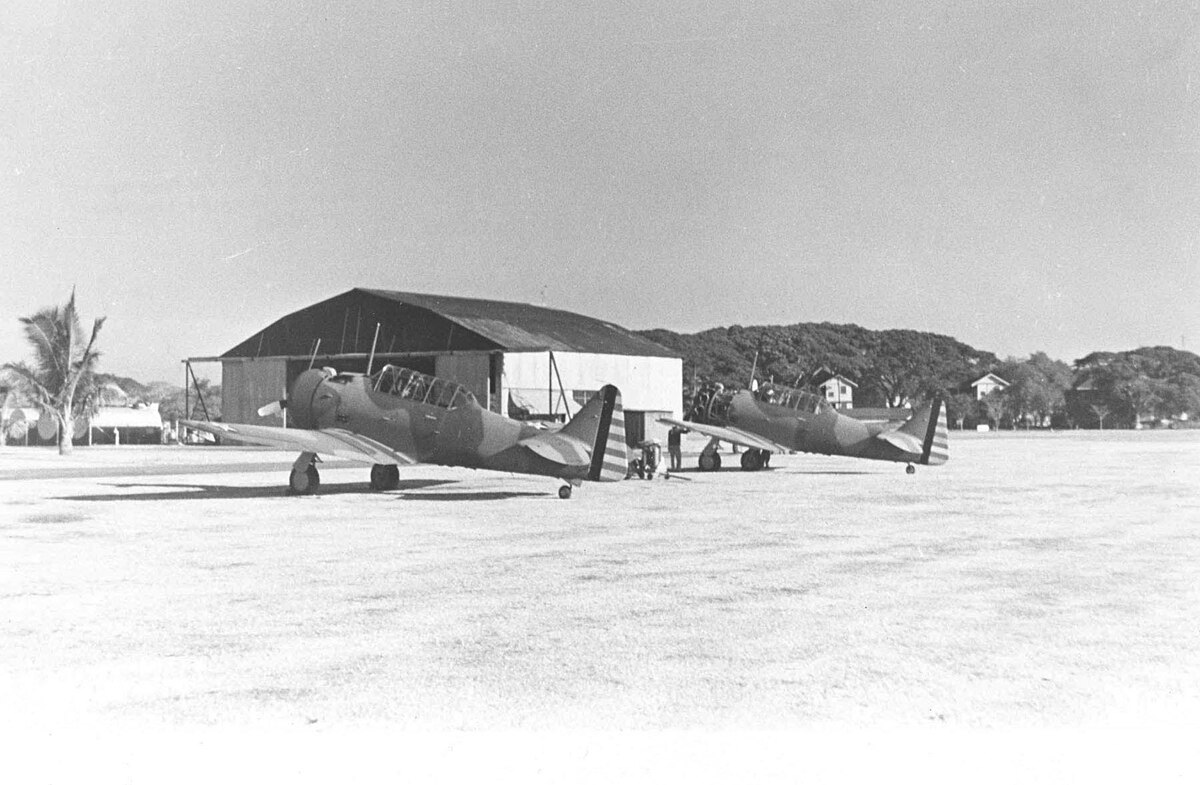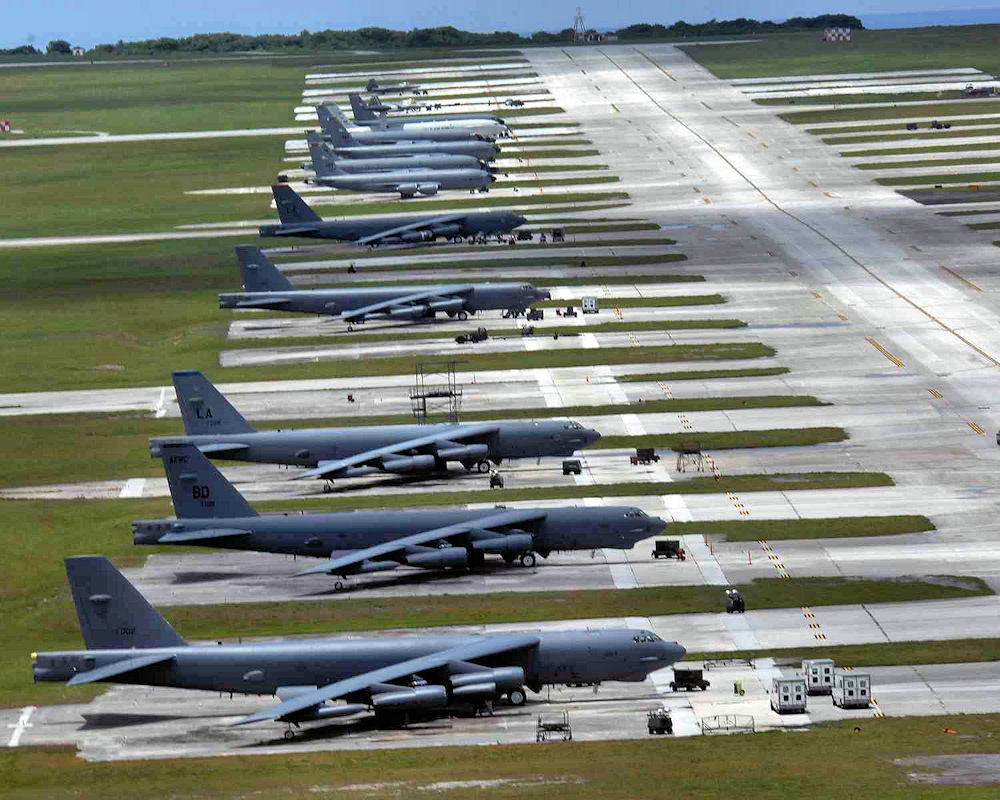Deleted member 1487
What does that have to do with 1940? Late 1942 after Torch is a vastly different situation to Summer 1940.
You haven't actually proven that Spanish telecommunications were exclusively American in origin and completely incompatible with anyone else's.No they don't. American and German gear is different. Radically so. Enough that if US support stops so does the telephone system and the rail networks. Spain not only loses external trade, but internal trade as well. It is like Greece, thousands of valleys isolated by hills. Come to think of it, that way, the Greeks gave the Axis a hard time, after the country was "conquered" and much the same way. Partisans.
Rail can be regauaged very easily and France's large captured rolling stocks could be used.
Again, what does the limited Greek partisan issue have to do with Axis allied Spain?
This might interest you. The company is called TEXACO. The man is named Rieber, the monopoly is OIL.
That was an interesting article, not sure what it has to do with the TL we're discussing though. Rieber was out at Texaco IOTL right about the time France fell and lost all influence.
There was no info about Spanish resistance, just the refugees fleeing to France and organizing behind the protective shield of Vichy, while not accomplishing much until 1943. So utterly irrelevant to our discussion.You will have a hard time proving that since the Spaniards involved are fighting on both sides of the Pyrenees, or did you miss that part?
1944 has little to do with our discussion, by that time the only reason he held anything was the lack of German manpower and the exist of Italy from the war with the equivalent of two divisions of Italians going over to the partisans. Here I thought we were discussing the situation as of 1940, not 1944 after Germany had already lost the war, bu was just dragging things out.So ineffective that he held 60% of the country in 1944 and took it all over after the "retreat". The UK did not want him. They wanted the Chekists. Seemed to have missed the point about Tito. Just as Wedemeyer missed it about Mao.
Are you drunk? What relevance does this have to do with anything we're talking about?The US 1898 victory destroyed the Isabelline government or didn't you know this? It is so significant, the Spanish have a whole historical period named for it.



